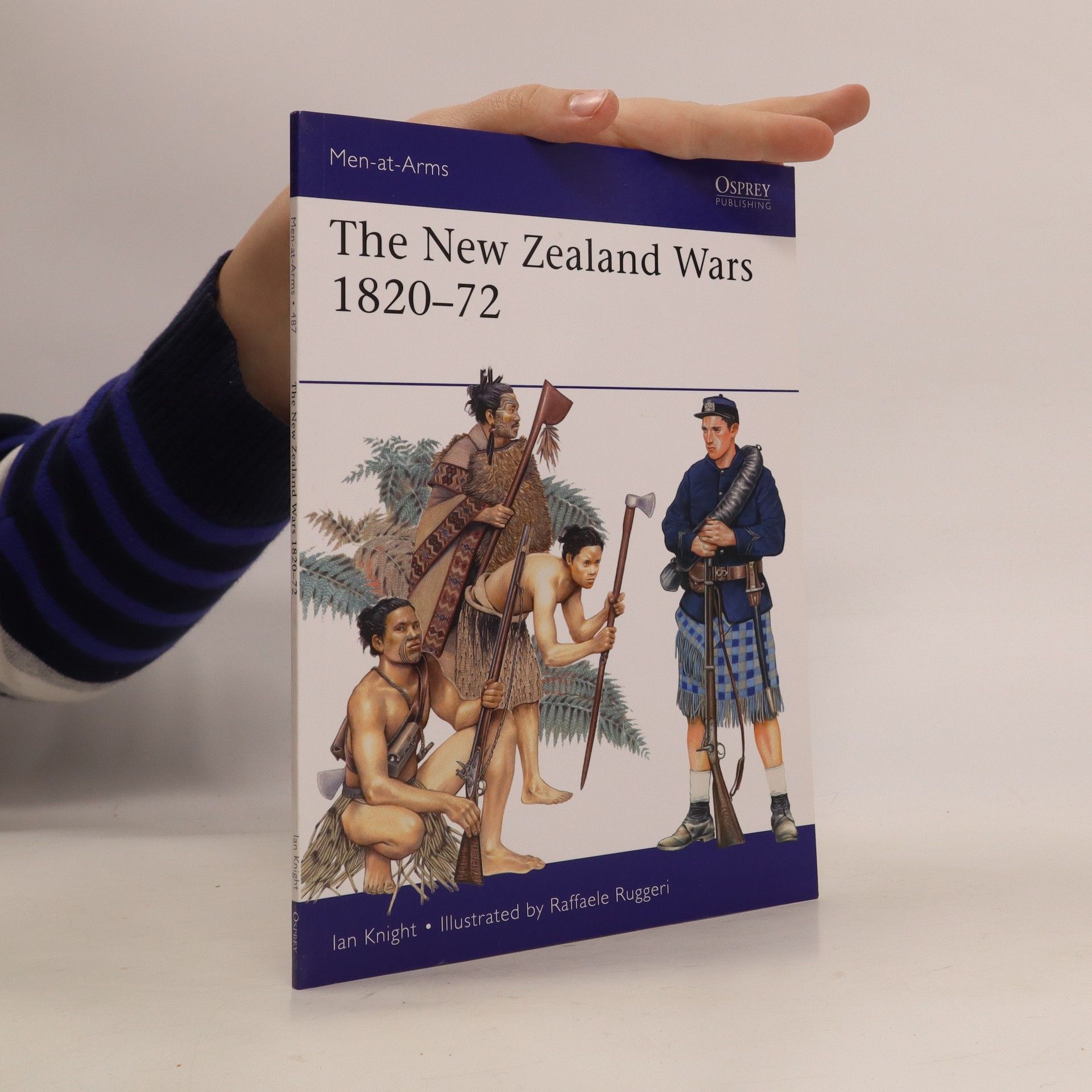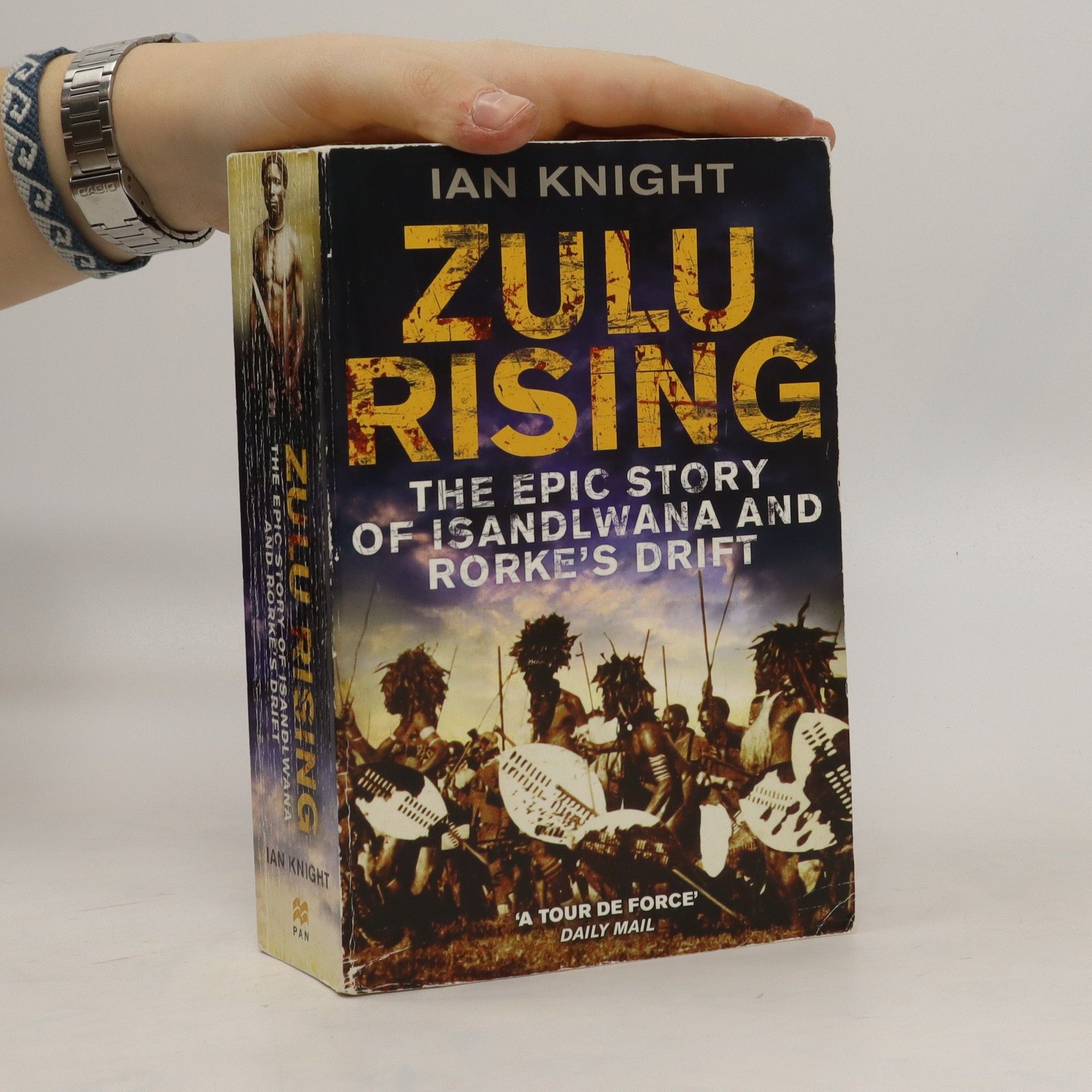From the highly acclaimed Sunday Times bestselling author Ian Knight, Warriors in Scarlet is an authoritative new history of Queen Victoria’s army.
Ian Knight Boeken






Zulu Rising
- 720bladzijden
- 26 uur lezen
The battle of iSandlwana was the single most destructive incident in the 150-year history of the British colonization of South Africa. This title shows that the brutality of the battle was the result of an inevitable clash between two aggressive warrior traditions.
British Infantryman vs Mahdist Warrior
- 80bladzijden
- 3 uur lezen
A new study of the battles fought between Queen Victoria's infantry and the formidable Madhist Army in the Sudan, from the Gordon Relief Expedition of 1884–85 to the battles of Atbara and Omdurman in 1898.In the early 1880s, Britain intervened in independent Egypt and seized control of the Suez Canal. British forces were soon deployed to Egypt's southern colony, the Sudan, where they confronted a determined and capable foe amid some of the world's most inhospitable terrain. In 1881 an Islamic fundamentalist revolt had broken out in the Sudan, led by a religious teacher named Muhammad Ahmad bin Abd Allah, who proclaimed himself al-Mahdi, "The Guided One." In 1884, Mahdist forces besieged the Sudanese capital of Khartoum; Colonel Charles Gordon was sent to the city with orders to evacuate British personnel, but refused to leave. Although the British despatched a relief column to rescue Gordon, the Mahdists stormed Khartoum in January 1885 and he was killed. British troops abandoned much of the Sudan, but renewed their efforts to reconquer it in the late 1890s, in a bloody campaign that would decide the region's fate for generations. Written by leading expert Ian Knight, this fully illustrated study examines the evolving forces, weapons and tactics employed by both sides in the Sudan, notably at the battles of Abu Klea (January 16–18, 1885), Tofrek (March 22, 1885), and Atbara (April 8, 1898).
A fascinating investigation into the extraordinary events of the Battle of Rorke's Drift.
"The two major 19th century wars between the British settlers in New Zealand and the indigenous Māori were unique in several ways. The proud and warlike Māori had incorporated firearms into their traditional tactics before the conflicts began; they were not only masters of bush fighting, but also built sophisticated defensive forts. Many of them chose to side with the settlers from the start; and the final outcome, though inevitably bitter for many, did not lead to the extinction of either the people or their rich culture"--Back cover
A unique combination of a young British officer's memoir and history of the top Nazi hierarchy.
The Anglo-Zulu War has a growing following. A fresh angle on the War, written by the leading expert.
Isandlwana
- 222bladzijden
- 8 uur lezen
The story of the mighty imperial British army's defeat at Iswandlwana in 1879 has been much written about but never with the detail and insight revealed by Dr Adrian Greaves' research. In re-constructing the dramatic and fateful events, the author draws on recently discovered letters, diaries and papers of survivors.
Long awaited account of the history of the Zulu nation with much new material.
Comprehensive historical companion to the Anglo-Zulu War.